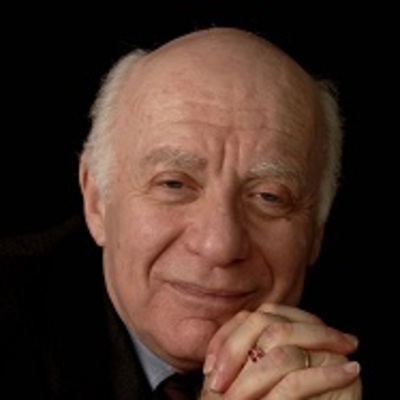The United States: Still Trapped by Fear
What is keeping Americans in a September 2001 mentality almost a decade and a half later?
March 13, 2016
The real mystery is why the collective U.S. psychosis that followed 9/11/2001 has endured for so long, rather than subsiding. Is there an element in the national mindset that makes American society peculiarly susceptible to this phenomenon?
A few candidates do come to mind. The country’s historical invulnerability to attack is one of them. After all, with the historic exception of Pearl Harbor, the United States has not experienced a violent assault on its territory since 1813.
Moreover, it has not faced a concrete threat over those 200 years, other than the abstract danger of nuclear strikes from the Soviet Union. Notably even the conscious fear of the Bomb itself gradually wore off by the end of the 1960s.
Part I: Treating U.S. Terror Psychosis
A second feature of the national culture deserving attention is the low tolerance for ambiguity and uncertainty – at least as regards the foundations of the Republic’s peace and tranquility. That low tolerance is unique among nations.
The myth of “Never Again”
In the aftermath of 9/11, Americans were haunted by the dread thought that it might happen again. Other countries, which have endured far more awful things, know from experience that it always might happen again. They accommodate that reality and do not live daily in fear of it.
Americans, by contrast, believe in absolute security. They find it hard to tolerate anything short of that.
We have to acknowledge that the instigators of the delusional break from reality have been our leaders – in government, in the media, among those who are profiting handsomely from the Global War on Terror, and (perhaps saddest of all) the political class and intellectual elites generally.
They have been either accessories to the plunge into a world of delusion, or skillful beneficiaries in status and acclaim, not least because “fighting terror” created a lot of budget appropriations (and hence opportunities for people on the inside to get rich).
Did Obama expand the Bush framework?
Any doubters need to acknowledge that two successive presidents – Bush II and Obama — with very different personalities and world outlooks have misled the American public into believing that the threat is far greater, more pervasive and menacing that in fact it ever has been. They bear the primary responsibility.
While President Bush was clear in pursuing his agenda, President Obama is a more elusive figure. He has continued the War on Terror bequeathed to him by his predecessor, with only minor modifications.
President Obama’s commitment in principle to end Bush’s Iraq War in practice meant escalation in Afghanistan and an unrelenting effort to keep a residual force in Iraq.
The latter failed only because Bush had already been outmaneuvered in the negotiations with al-Maliki on a Status of Forces Agreement. ISIS became the justification to bring U.S. forces back to Iraq anyway.
President Obama also extended greatly the geographic scope of the subterranean war conducted by the Special Operations Command. He expanded the use of drones several fold. He introduced targeted assassinations and “signature” killings of suspects.
The latter, no longer requiring presidential authorization each time, kills people for fitting a profile from the air, regardless of facts on the ground.
On the domestic front, regarding surveillance and spying, Obama actually has taken more aggressive steps than had the Bush administration. The assault on the Bill of Rights has reached unprecedented levels – including the aerial killing of U.S. citizens abroad without due process.
The net effect has been Obama’s twin policies of keeping the War on Terror at global full throttle and avoiding any discussion of purposes and premises. Instead, he swept everything unsavory under the rug.
Blind hyper-patriotism
To cover up all the absurdity and rights violations, there are now the omnipresent American flags – from lapel pins to the 30-foot banners that wave above car dealers.
They are analogues to the omnipresent crosses that symbolize America’s collective ordeal and abiding faith.
Under such glittering circumstances, shame loses its force as a motor for changing attitudes and behavior.
This is not the way a serious government conducts serious international business. Certainly, it clashes harshly with the presumed American role as model and lawgiver for the rest of the world.
We Americans have made a spectacle of ourselves in this global “war” – from Abu Ghraib to L. Paul Bremer III strutting around the Green Zone sporting a three-piece Brooks Brothers suit.
There have been middle-aged generals striding down the corridors of the Pentagon in the now obligatory camouflage fatigues.
There have been adrenalin-crazed, highly compensated mercenaries careening through the streets of Baghdad, Lahore and Kabul – causing death and mayhem.
To escape their toxic and deluded world of safety through aggression, Americans would have to face up to an unseemly reality that ill-matches the exalted self-image that we have of ourselves.
For the preservation of the American project, it is urgent that U.S. society wake itself up from this flag-draped bad dream that is the War on Terror – more than the initial attack itself.
But that would also require a mature acceptance – as other countries have – that not all bad things in this world can be prevented and that a free society worth living in comes with an occasional cost no matter what we might try to do.


